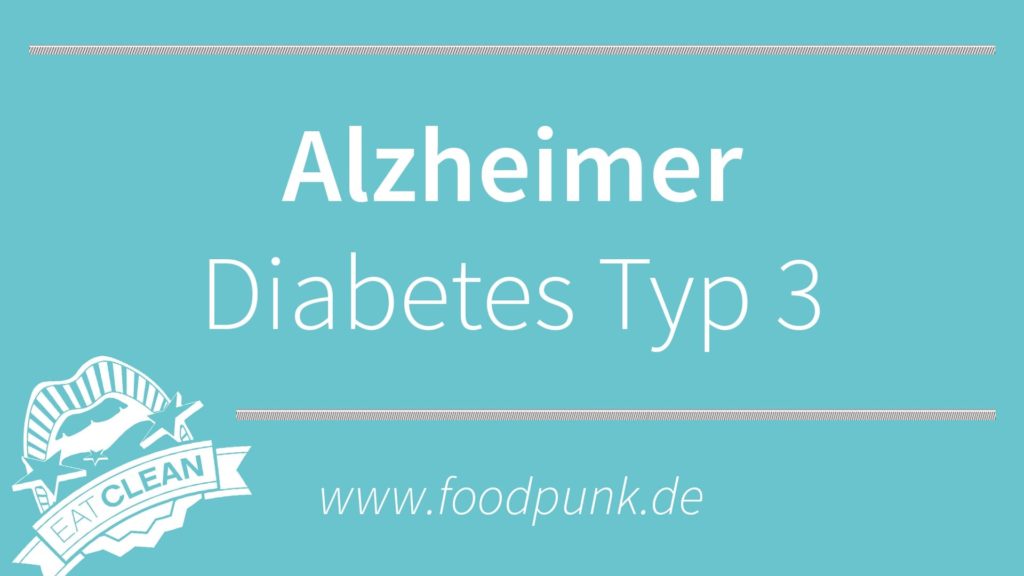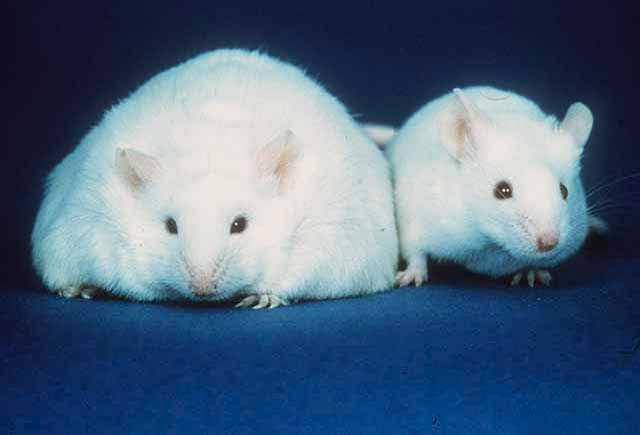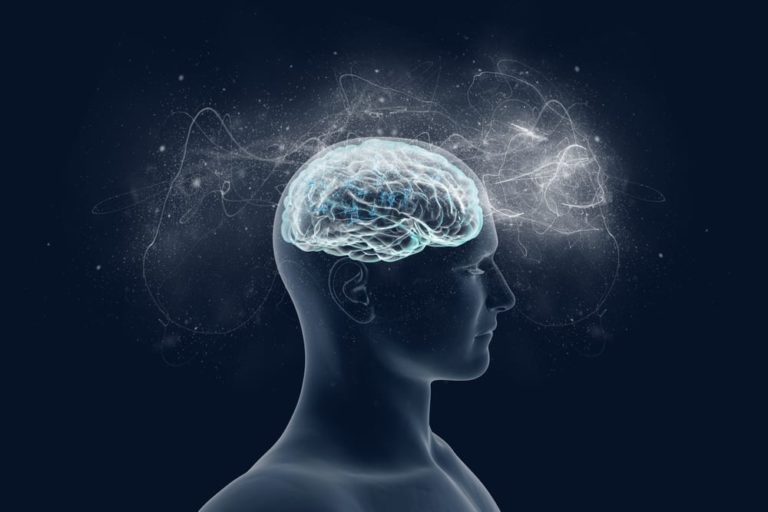Alzheimer’s is also called type 3 diabetes by researchers. But why? What does this disease, whose most obvious symptom is dementia, have to do with sugar and insulin?
Alzheimer’s is Diabetes Type 3 – The Daily Bite of Knowledge

Table of contents
1. what is Alzheimer's disease?
Alzheimer’s disease is a neurodegenerative disease. Neurodegenerative means that the disease affects the nervous system and as the disease progresses, more and more nerve cells die. This leads to neurological symptoms, for example dementia or movement disorders (e.g. in the neurodegenerative disease Parkinson’s). Alzheimer’s disease is officially called Alzheimer’s disease or Morbus Alzheimer and was first described by Alois Alzheimer in 1906. Many people equate the terms Alzheimer’s and dementia, but this is not correct. Depending on the severity of dementia, memory may be impaired, thinking skills may be impaired, or emotional and social skills may be impaired. Dementia is a symptom of Alzheimer’s disease. However, dementia can also have other causes. In addition to dementia, Alzheimer’s disease can also cause perceptual disorders.
Du möchtest dich auch gesünder ernähren?

2. what is diabetes?
Diabetes, or more precisely diabetes mellitus, is often colloquially called diabetes or “sugar” (“I have sugar”). Type 1 diabetes is an autoimmune disease. The patient’s own immune system destroys the cells of the pancreas that produce insulin. Without insulin, blood glucose cannot be delivered to the tissues, it accumulates in the blood and leads to high blood glucose levels. Type 1 diabetics usually need to inject insulin.
Type 2 diabetes usually develops in advancing age, and less frequently in younger people. The main cause is obesity. The pancreas produces insulin, but the cells no longer listen to this signal. Insulin resistance is present, which also leads to high blood glucose levels.
Among other “side effects,” high blood sugar levels can damage blood vessel walls.
3. Alzheimer's disease and diabetes
The term type 3 diabetes is not a recognized diagnosis in medicine. Researchers use the term, however, to highlight the similarity between Alzheimer’s disease and diabetes. Even before the first symptoms of dementia appear, it can be observed in Alzheimer’s patients that the absorption of glucose (blood sugar) into the brain decreases. Actually, the brain and all nerve cells can absorb glucose independently of insulin, i.e. without the effect of insulin. Nevertheless, poorer glucose uptake is similar to insulin resistance, in which muscles, for example, have difficulty absorbing glucose.
Type 2 diabetes and Alzheimer’s disease share many risk factors: for example, obesity is a risk factor for both diseases. High cholesterol, high blood pressure and type 2 diabetes in themselves can also promote Alzheimer’s. This close association with metabolic syndrome is another reason for the Alzheimer’s nickname “type 3 diabetes.”
Reduced glucose uptake into the brains of Alzheimer’s patients causes nerve cells to “starve” and die. It promotes neurodegeneration. Researchers are currently debating whether the alternative fuel ketone bodies can compensate for this lack of energy in the brain. In fact, ketone bodies appear to be neuroprotective in the brain, that is, protective of brain cells.
Always stay up to date with our Newsletter.
The daily bite of knowledge
This new section is intended to provide a brief look at topics in nutrition science. If there are any topics you are particularly interested in, please leave us a comment.
Similar posts by Foodpunk

Your skin eats with you! – The daily bite of knowledge
Have you ever thought about the substances you put on your skin every day? They should not be underestimated, because the skin eats with you.

How do ketone bodies become energy?
Ketone bodies are produced in the liver and then enter the blood. They are small and well soluble in water. This allows them to be wonderfully transported throughout the body.

What is actually xylitol? – The daily bite of knowledge
What can it be used for? Are there advantages? Find out here!

Cholesterol as a basis – The daily bite of knowledge
Far too often, people rant about the "evil cholesterol." But do you actually know what cholesterol is used for in the body?

What is this Bulletproof diet anyway?
The Bulletproof diet is a high-fat diet, based on the Paleo diet.

In 10 steps to becoming a food punk
More zest for life, vitality and health! Lose weight and feast at the same time! Supply the brain with energy! All this can be achieved with the right dietary changes.

The fatty tissue? This is for saving. It stores fat. This is what most people know about adipose tissue.

Can medium-chain fatty acids pass the blood-brain barrier?
People often ask what the difference is between regular MCT oil, Bulletproof XCT and Brain Octane.
